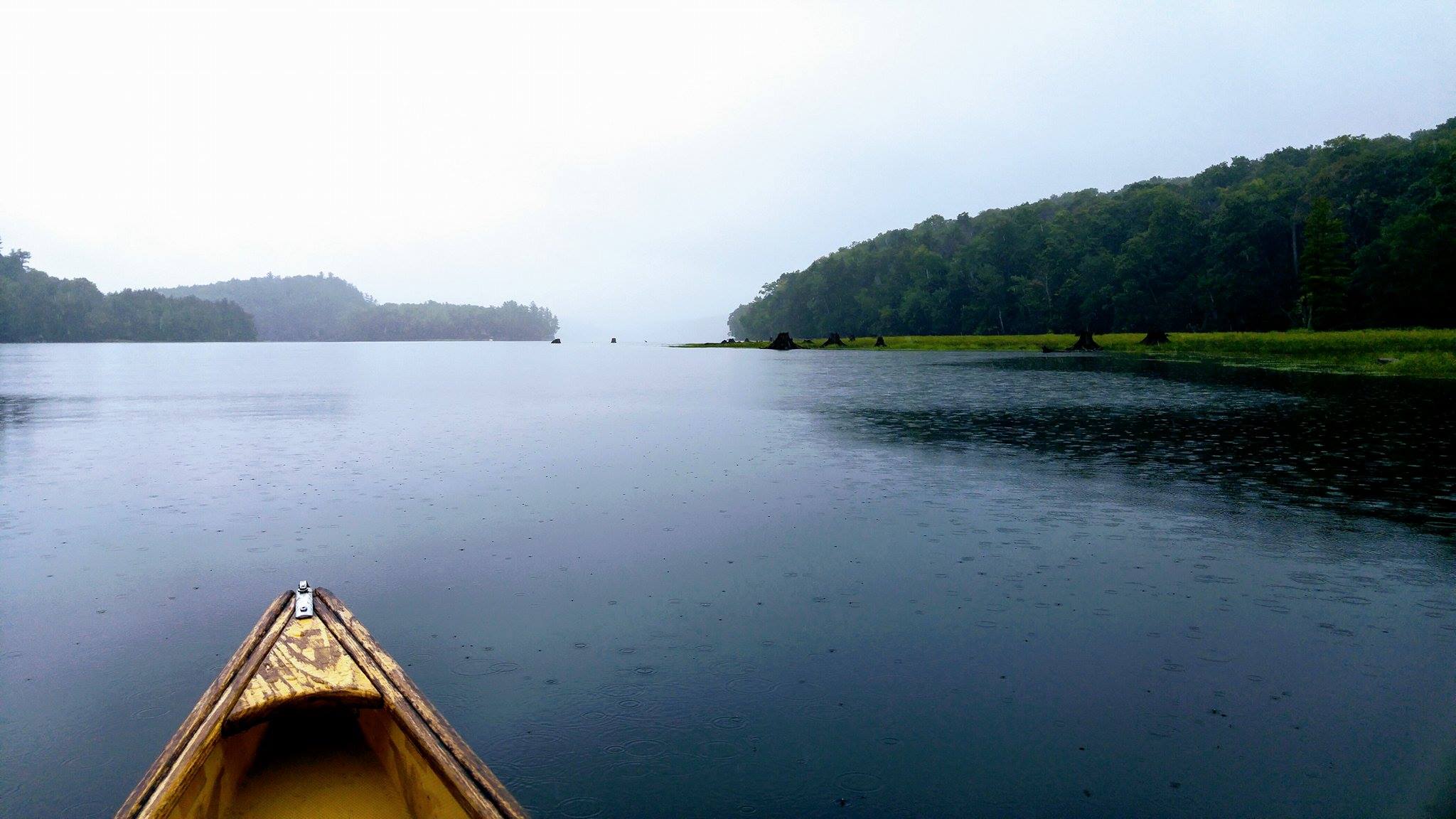There’s an art to paddling a canoe solo. But once you’ve mastered it, the wilderness is your oyster. Imagine how many remote fish-filled lakes are just waiting for you.
Check out this video of some of my solo canoe paddling tips:
The Goony and the J-Stroke
There are a number of innovations when it comes to paddling a canoe in a straight line. You can power forward and then change side every time the boat begins to veer slightly. But unless you have a bent-shaft paddle, this technique is considered the most degrading technique in the paddling community and will get you laughed off the water in no time. Then there’s the process of twisting the paddle blade toward the canoe after completing each forward stroke. In this case, the paddle acts somewhat like a ship’s rudder. But this has been labelled the “goony stroke”, and for good reason; every time you twist inward, you put on the brakes. Next is the J-stroke, which is the ultimate steering stroke. You twist the paddle outwards (opposite of the goony) to form the letter J, which forces the canoe back on course while maintaining forward momentum.

The Canadian Stroke
The definitive steering stroke for canoe trippers, however, is the Canadian Stroke. It was actually the Americans who came up with the name (originally, it was called the Knifing J Stroke). Canadians just didn’t bother changing it back because—according to the experts—a well-executed Canadian Stroke is the pinnacle of perfection in motion, a skill that only comes after extensive canoe tripping.
It starts the same as the J-stroke, but rather than pull the blade abruptly out of the water after the J is complete, the paddle is “knifed” forward under the water’s surface until about halfway through the recovery. This saves both time and energy since you have to place the paddle forward for the next stroke anyway.
The power face of the paddle faces the sky and the main trick is to get the proper angle while the blade is being pulled forward through the water. Too much and the paddle will burst out of the water; too little and it will dive deep below the surface like a submarine. The pressure given to the paddle while being pulled up through the water, and the length of the time it’s kept below the surface, is what determines how much the canoe veers back the other way. In simpler terms, the Canadian Stroke is just an extended J-stroke. And, in fact, the original name, the Knifing J, is a better label for it.
To master the stroke, it takes a lesson or two. Or about a week of canoe tripping (in Canada, of course) will suffice.
